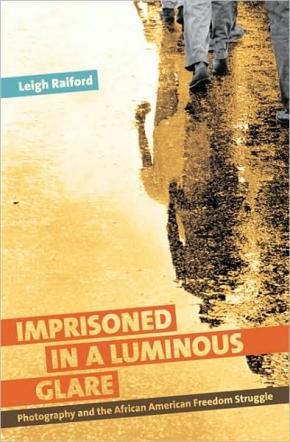blackness
Postes avec la étiquette blackness
Archives
Auteur
- administrador
- adrianabarbosa
- Alícia Gaspar
- arimildesoares
- camillediard
- candela
- catarinasanto
- claudiar
- cristinasalvador
- franciscabagulho
- guilhermecartaxo
- herminiobovino
- joanapereira
- joanapires
- keitamayanda
- luisestevao
- mariadias
- marialuz
- mariana
- marianapinho
- mariapicarra
- mariaprata
- martacacador
- martalanca
- martamestre
- nadinesiegert
- Nélida Brito
- NilzangelaSouza
- otavioraposo
- raul f. curvelo
- ritadamasio
- samirapereira
- Victor Hugo Lopes
Data
- décembre 2025
- novembre 2025
- octobre 2025
- septembre 2025
- août 2025
- juillet 2025
- juin 2025
- mai 2025
- avril 2025
- mars 2025
- février 2025
- janvier 2025
Étiquettes
- A segunda conversão de Nzinga Mbande
- Álvaro Siza
- Álvaro Vasconcelos
- António Contador & Carla Cruz
- bienal anozero
- Capela de Nossa Senhora do ar; Aqueduto e Hangares de Vila Nova da Rainha; Sintra
- cinema documental brasileiro
- Cooperação
- curso
- ditadura
- fellowship
- Hélio Oticica
- Judith Butler
- Júlio Pomar
- modernista
- pintura moçambicana
- pós-colonização
- rda69
- situações do dia a dia
- trovoada de ideias
Les plus lus
- Maneiras de Ver: Empregadas Domésticas e Mulheres-a-dias em Portugal
- A Cidade Invisível:
- O Agente Secreto
- Kriolu Ku Gii ao vivo em Assomada – Debate sobre a Oficialização da Língua Cabo-verdiana
- TEATRO MERIDIONAL PROMOVE AS JORNADAS DE REFLEXÃO SOBRE O IMPACTO DA DESCOLONIZAÇÃO NAS ARTES PERFORMATIVAS
- Rito de Transição: Corpo T
- Deep time Soundings / Escuta do Tempo Profundo Palestra-Performance de Margarida Mendes
- Casa 75, Branca Clara das Neves
- Assédio nas Artes Performativas em Portugal
- À volta da Chama: uma conversa para celebrar o lançamento da revista Chama Rubra — Issue 01 Twinkle Twinkle
 In his 1963 book, Why We Can’t Wait, Martin Luther King argued for forcing oppressors to commit their brutality in the open. Only then, he said, could activists flush oppression out of “dark jail cells and countless shadowed street corners” into “a luminous glare.”
In his 1963 book, Why We Can’t Wait, Martin Luther King argued for forcing oppressors to commit their brutality in the open. Only then, he said, could activists flush oppression out of “dark jail cells and countless shadowed street corners” into “a luminous glare.”